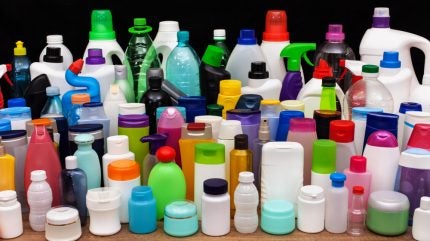
Plastic packaging waste is accumulating worldwide, raising environmental concerns for the packaging industry and regulators.
Despite growing demand for sustainable packaging and biodegradable materials, many alternative solutions have yet to overcome significant challenges related to cost, functionality and end-of-life management.

Discover B2B Marketing That Performs
Combine business intelligence and editorial excellence to reach engaged professionals across 36 leading media platforms.
Plastic waste growth and recycling limitations
More than 400 million tonnes of plastic are produced annually, yet less than 10 per cent is recycled effectively.
Packaging accounts for a large share of this waste, much of which ends up in landfills or the natural environment.
Efforts to shift towards sustainable packaging have intensified, but widely available alternatives such as polylactic acid (PLA) and compostable plastics face barriers including lack of suitable industrial composting facilities and contamination of recycling streams.
Regulatory landscape and production realities
Policymakers in regions such as the EU and parts of the US are introducing stricter rules on packaging recyclability and producer responsibility.

US Tariffs are shifting - will you react or anticipate?
Don’t let policy changes catch you off guard. Stay proactive with real-time data and expert analysis.
By GlobalDataWhile these regulations aim to reduce plastic pollution, packaging manufacturers must balance compliance with practical production constraints.
Many companies report that current sustainable materials are either too costly or underperform compared with conventional plastics, leading some to scale back their green packaging commitments.
Consumer demand versus packaging performance
Consumer interest in eco-friendly packaging remains strong, driven by awareness of microplastics and environmental health.
Retailers and brands are experimenting with alternatives like paper liners or compostable trays, but these often come with trade-offs in durability, cost and availability.
Some biodegradable options may also contain substances harmful to health or the environment, complicating their adoption.





